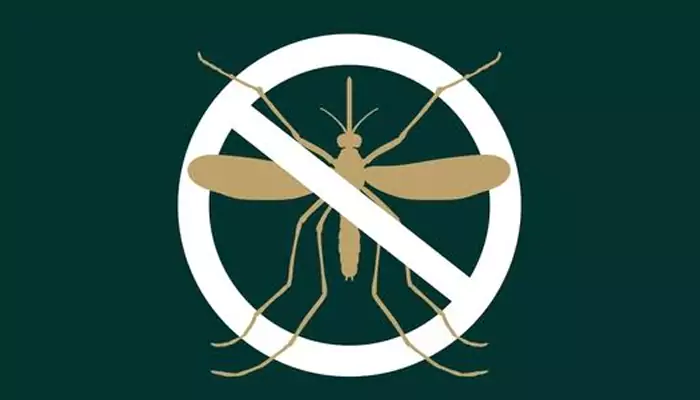
Exploring the attraction and scepticism surrounding viral purple toothpaste.
In the world of dental care and oral hygiene, innovations often capture the public's attention. Recently, a new trend has emerged in the form of purple toothpaste promising not only to clean teeth but also to enhance their brightness and whiteness. This viral sensation has sparked curiosity and debate among dental professionals and consumers alike. Let's delve into whether this unconventional product can truly deliver on its promises.
The rise of purple toothpaste
Social media platforms have become powerful catalysts for trends, and purple toothpaste is no exception. Marketed as a revolutionary way to achieve a dazzling smile, these products stand out not only for their vibrant hue but also for their claims of superior whitening capabilities compared to traditional toothpaste.
Understanding the ingredients
Purple toothpaste derives its distinct colour from a variety of ingredients, often including natural extracts like lavender or butterfly pea flower. These ingredients not only contribute to the product's visual appeal but also claim to provide additional benefits such as antibacterial properties and enamel protection. Some formulations also boast of containing whitening agents like hydrogen peroxide or baking soda, which are known for their stain-removing properties.
Claims vs. Reality
While purple toothpaste manufacturers promise brighter, whiter smiles, dental professionals emphasise the importance of evidence-based dentistry. According to the American Dental Association (ADA), the effectiveness of toothpaste in whitening teeth depends largely on its abrasiveness and the presence of active whitening ingredients. ADA-approved toothpaste undergoes rigorous testing to ensure safety and efficacy, a standard that may not always be met by trendy, non-mainstream products.
Potential benefits
Advocates of purple toothpaste argue that its natural ingredients and unique formulation offer a gentler alternative to traditional whitening methods, such as abrasive toothpaste or professional treatments. Supporters also highlight its appeal to individuals seeking eco-friendly or cruelty-free oral care options, often associated with natural and organic ingredients.
Considerations and cautions
Despite its allure, dental professionals urge caution when considering non-traditional oral care products. The long-term effects of using purple toothpaste, especially those with unconventional ingredients, remain unclear. Abrasive substances or excessive use of whitening agents can potentially damage tooth enamel, leading to increased sensitivity or other oral health issues.
The consumer landscape

As consumers steer the crowded oral care market, understanding product claims and verifying their efficacy through reputable sources is crucial. Consulting with dental professionals can provide personalised guidance on choosing products that align with individual oral health needs and goals. While purple toothpaste may offer a novel approach to dental care, it is essential to prioritise overall oral health and safety.
In the pursuit of brighter, whiter smiles, the journey begins with understanding and selecting products that prioritise both aesthetic goals and oral health integrity. Whether purple toothpaste becomes a staple or a passing trend, its impact on the oral care industry signals a growing demand for innovative solutions that balance effectiveness with safety. Ultimately, the quest for a dazzling smile remains a partnership between consumers, dental professionals, and the evolving landscape of oral care science.












